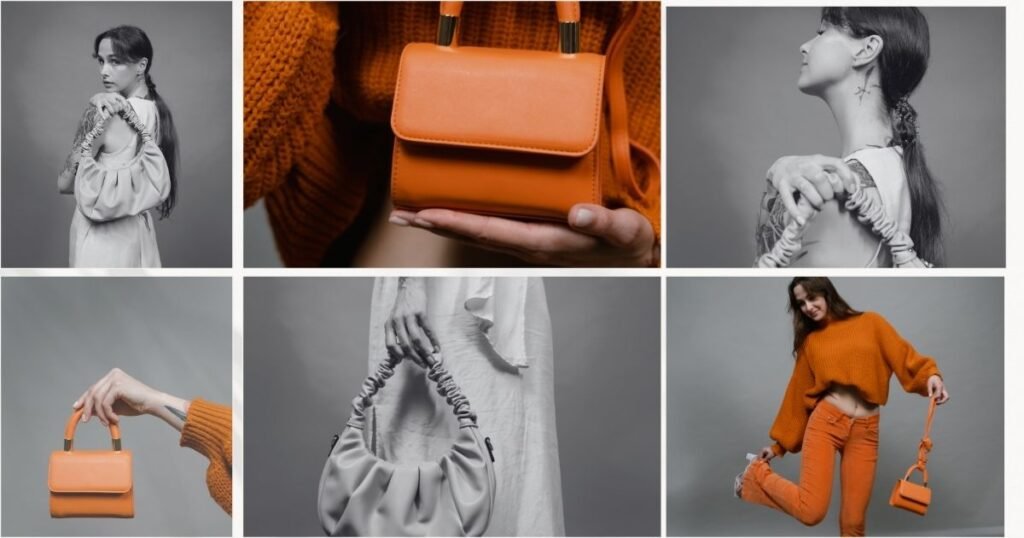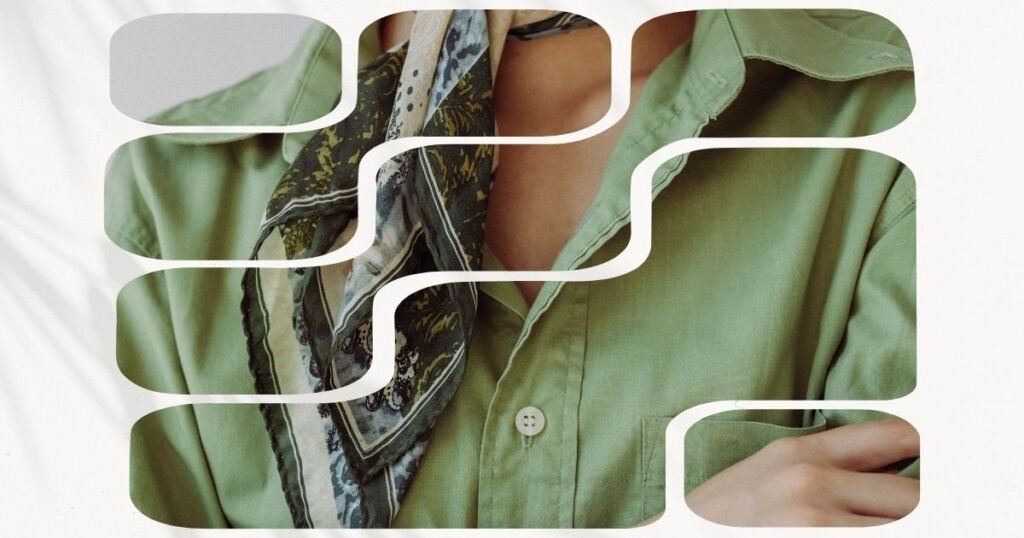In recent years, Artificial Intelligence (AI) has significantly influenced various industries, from healthcare to entertainment. But did you know that AI has also made its way into the world of fashion? Yes, you heard it right! AI is now helping people pick out the perfect outfits, offering a personalized shopping experience like never before. This article dives into the exciting world of AI-driven fashion and how it is transforming the way we dress.
What is AI for Outfits?
AI for outfits leverages artificial intelligence to help people select clothing and accessories suited to their preferences, body type, and the occasion. These intelligent systems process extensive data, including fashion trends, personal style choices, and even weather conditions, to offer outfit suggestions that perfectly align with the user’s unique style.
The integration of AI in fashion is more than just a passing trend—it’s a revolutionary shift. From predicting upcoming trends to tailoring personalized clothing recommendations and curating entire wardrobes, AI is transforming the way we experience and engage with fashion.
How AI Revolutionizes Fashion
Personalization and Customization
One of the most significant impacts of AI in fashion is the ability to offer personalized and customized recommendations. By analyzing data from your past purchases, social media activity, and even the color palette of your wardrobe, AI can suggest outfits that match your style and preferences.

Predictive Fashion Trends
AI doesn’t just react to fashion trends—it predicts them. By analyzing massive datasets from fashion shows, social media, and retail sales, AI can forecast the next big thing in fashion. This predictive power allows retailers to stay ahead of the curve and ensures that consumers are always in vogue.
Virtual Try-Ons
Using computer vision and augmented reality, AI-powered apps let you see how an outfit would look on you without physically trying it on. This not only saves time but also makes online shopping more convenient and fun.
The Technology Behind Outfit AI
Machine Learning and Data Analytics
Machine learning, a key component of AI for outfits, involves teaching algorithms to learn and improve from data. These algorithms analyze patterns in your clothing choices and shopping habits, continuously improving their recommendations over time.
Computer Vision in Fashion
Computer vision, another critical technology, allows AI systems to “see” and understand images. In the context of fashion, computer vision can identify clothing items, assess how they look on different body types, and even suggest complementary accessories.
The Role of Big Data
AI in fashion wouldn’t be possible without big data. By examining extensive data from multiple sources, AI can provide highly precise outfit suggestions. This includes everything from tracking global fashion trends to understanding individual preferences.
Popular AI Outfit Tools and Apps
Several AI-driven fashion platforms are leading the charge in revolutionizing how we choose outfits. Here are a few notable ones:
- Stitch Fix: This platform uses AI to provide personalized styling recommendations based on your preferences.
- The Yes: An app that tailors shopping experiences to your tastes using AI-driven algorithms.
- Amazon’s Echo Look: A now-discontinued service that combined AI and computer vision to suggest outfits based on your wardrobe.
How AI Chooses the Perfect Outfit
The magic behind AI outfit recommendations lies in complex algorithms. These algorithms take into account your individual style, body shape, the event you’re dressing for, and the latest fashion trends. AI analyzes this data to curate outfits that not only look great but also make you feel confident and comfortable.

AI-Powered Personal Stylists
Imagine having a personal stylist available 24/7. That’s exactly what AI-powered personal stylists offer. These virtual stylists analyze your style, preferences, and wardrobe to suggest outfits that fit your taste. The benefits are immense, from saving time to getting expert fashion advice without the hefty price tag.
Benefits of Using AI for Outfits
Convenience and Time-Saving
One of the most significant advantages of using AI for outfits is the convenience it offers. No more endless scrolling through online stores or rummaging through your closet—AI does the hard work for you.
Enhanced Shopping Experience
AI makes shopping easier and more enjoyable by enhancing the overall experience. With personalized recommendations and virtual try-ons, shopping becomes an enjoyable and stress-free experience.
Eco-Friendly Fashion Choices
AI can also promote sustainable fashion by suggesting eco-friendly brands and helping consumers make conscious choices. By understanding your preferences, AI can guide you towards sustainable options that align with your values.
Challenges and Limitations
Accuracy and Personalization Issues
While AI for outfits is incredibly advanced, it’s not perfect. There are still challenges when it comes to accuracy and personalization. Sometimes, the recommendations may not fully capture your style or may be based on outdated data.
Ethical Considerations in Fashion AI
Ethics is another area of concern. The use of AI in fashion raises questions about inclusivity, representation, and the potential for reinforcing stereotypes. It’s crucial for developers to address these issues to ensure that AI benefits everyone.
Data Privacy Concerns
As with any technology that relies on personal data, privacy is a significant concern. Users should be informed about the ways their data is utilized and take steps to safeguard their privacy.
The Future of AI in Fashion
The future of AI in fashion is bright. We can expect more advanced personalization, better predictive capabilities, and even more sustainable fashion choices. AI will likely become an even more integral part of the fashion industry, helping both consumers and retailers navigate the ever-changing world of fashion.
Is AI Taking Over Fashion Jobs?
A common concern is whether AI will replace human stylists and fashion designers. The answer is nuanced. While AI can automate certain tasks, it cannot replace the creativity and human touch that traditional stylists bring. Instead, AI is more likely to complement human work, allowing stylists to focus on more creative and complex tasks.
How to Choose the Right AI Outfit Tool
When choosing an AI outfit tool, consider factors such as features, ease of use, and cost. Some tools may offer more personalized recommendations, while others may focus on sustainability or fashion trends. Check out different tools to find the one that fits your needs best.
Real-Life Applications of AI in Fashion
Several brands and retailers are already using AI to enhance the shopping experience. For example, Nordstrom uses AI to predict fashion trends and personalize customer recommendations. H&M leverages AI to enhance its supply chain, ensuring that products are available when and where they are needed.
Conclusion
AI is transforming the fashion industry with personalized recommendations, convenience, and more sustainable options. Although there are obstacles to address, the advantages significantly surpass the disadvantages. As AI continues to evolve, it will play an even more significant role in how we choose and wear our clothes.
FAQs
How does AI know what outfits suit me?
AI uses algorithms that analyze your style preferences, body type, and other factors to suggest outfits that match your taste.
Can AI predict fashion trends accurately?
Yes, AI can predict fashion trends by analyzing vast amounts of data from various sources, including social media and fashion shows.
Is it safe to use AI for outfit recommendations?
Generally, yes, but it’s essential to be aware of how your data is being used and ensure that your privacy is protected.
Will AI replace human stylists?
No, AI is more likely to complement human stylists by automating routine tasks and allowing them to focus on more creative aspects of styling.
How do I get started with an AI outfit tool?
You can start by researching different AI outfit tools, considering factors like features, ease of use, and cost, and then choosing one that fits your needs.





